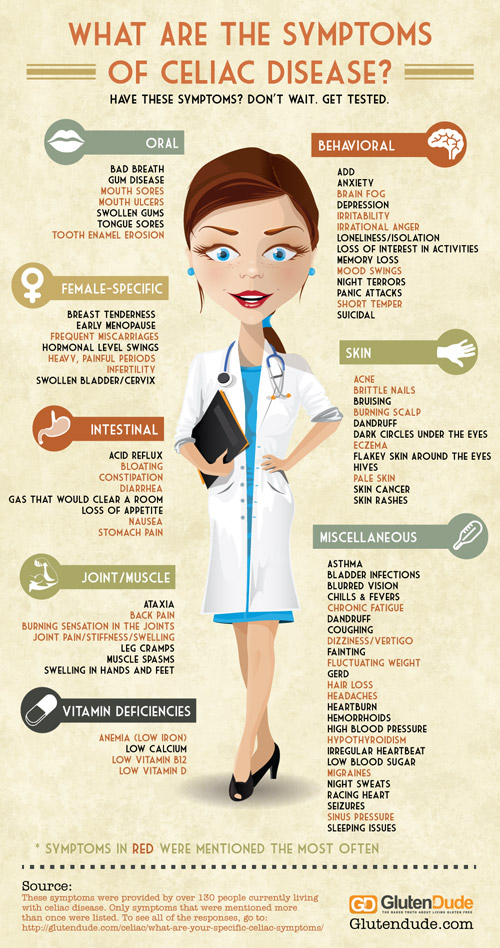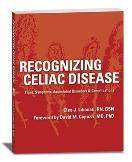Basic tips
Generally, gluten-free flours should be combined to create the best possible results. Experienced gluten-free cooks and bakers advise consulting gluten-free cookbooks for specific combinations.
Keep in mind that gluten provides cohesion, lightness and rising capacity in baked goods. When baking gluten free, adding some binder such as xanthan gum or guar gum and a bit more baking soda or baking powder will enhance the result.
Also, when adding gluten-free flours to liquid ingredients, take care to blend them gently and for as short a time as possible to avoid overbeating their fragile structure.
To avoid dense gluten-free batter, add a bit of hot water once you've mixed your other ingredients. This will give your baked goods a nice, light crumb.
Gluten-free baking ingredients
Amaranth flour is from a small seed sourced from Central America. It has a flavor similar to graham crackers without the sweetness, with 15 to 18 percent protein and as much as 30 percent of the recommended daily value of iron.
Arrowroot flour can be used to replace cornstarch if you’re sensitive to corn. Substitute cup for cup. This also serves as a great thickener for sauces and gravies.
Bean flour is a light flour made from garbanzo and broad beans. When using this flour in recipes, replace the white sugar with Rapadura, date or muscovado sugar to cut the bitter taste. Some people who don’t digest beans well might prefer other flours. Bean flours make great savory baked goods.
Brown rice flour is milled from unpolished brown rice and has a higher nutrient value than white rice flour. Since this flour contains bran, it has a shorter shelf life and should be refrigerated. Like white rice flour, brown rice flour is a bit gritty and dense. It’s best when combined with several other flours to avoid a grainy texture in the finished product.
Buckwheat flour is not from wheat but the fruit seed of a plant related to rhubarb. It’s high in fiber, iron and B vitamins, and makes wonderful pancakes.
Chia seeds have natural gelling properties that make them a good substitute for xanthan gum in recipes. Chia seeds are sold in bulk in some PCC stores.
Cornstarch is similar in usage to sweet rice flour for thickening sauces. Best when used in combination with other flours. Choose organic cornstarch to avoid genetically modified corn.
Guar gum is derived from the seed of a legume and has many times the thickening power of cornstarch. Using too much can produce a heavy or stringy texture in baked goods, so measure carefully. Find it in the bulk department at most PCC stores.
Millet flour has a nutty flavor and is made from the most alkaline and easily digestible grain. A staple in Asian, North African and Indian recipes.
Nut flours are high in protein and, when used in small portions, enhance the taste of homemade pasta, puddings and cookies. To make nut flour, purchase whole nuts and grind them finely in a food processor or coffee mill. You also can find ready-made almond meal/flour at PCC. Nut flours increase the protein content and allow for a better rise.
Oats do not contain gluten but they often are contaminated with gluten during processing. Look for certified gluten-free oats, available at PCC, packaged in the baking section.
Potato starch is used in combination with other flours to improve texture. It also can be used as a substitute for cornstarch or tapioca flour in a pinch.
Quinoa flour is from ground quinoa. High in protein and minerals with a light texture, it is great in baked goods with chocolate or bold flavors. It has a slightly bitter taste and experts suggest using no more than 1/3 part in baking mixes created from gluten-free flours.
Sorghum flour is made from a grain that’s close in texture and taste to wheat flour. It makes great waffles and pancakes. It also cuts the bitterness of bean flour and is excellent in bean flour mixtures.
Soy flour is high in protein and fat with a nutty flavor. Best used in small amounts with other flours to tenderize baked goods. Soy flour is sensitive to light and heat and is not recommended for sautéing or frying.
Sweet rice flour is often used as a thickening agent and is useful in baking tender sweets, pies, cakes and lighter bread products. Sold in packages at PCC.
Tapioca starch flour is a light, velvety flour from the cassava root. It lightens gluten-free baked goods and gives them a texture more like that of wheat flour. It’s especially good in pizza crusts when used in equal parts with either white or brown rice flour.
Teff flour is from an ancient grain and is particularly good in foods with bold or savory flavors. It provides a mucilaginous quality, often lacking in gluten-free baked goods. The whole seeds, also sold at PCC, can be soaked and added to recipes. High in iron, teff improves the nutritional quality of foods.
White rice flour is milled from polished white rice and is best combined with several other flours to avoid the grainy texture of rice flour alone.
Xanthan gum is a corn-based, fermented product used as a thickening agent, like guar gum. Using too much can produce a heavy or gummy texture, so measure carefully. Find it with other baking ingredients.
Recipes for gluten-free baking
The following mixtures work well as basic replacements for wheat flour in most recipes but there are many delicious gluten-free flours, each with advantages, highlighted inside
 What Taurine does for our bodies:
What Taurine does for our bodies: 













